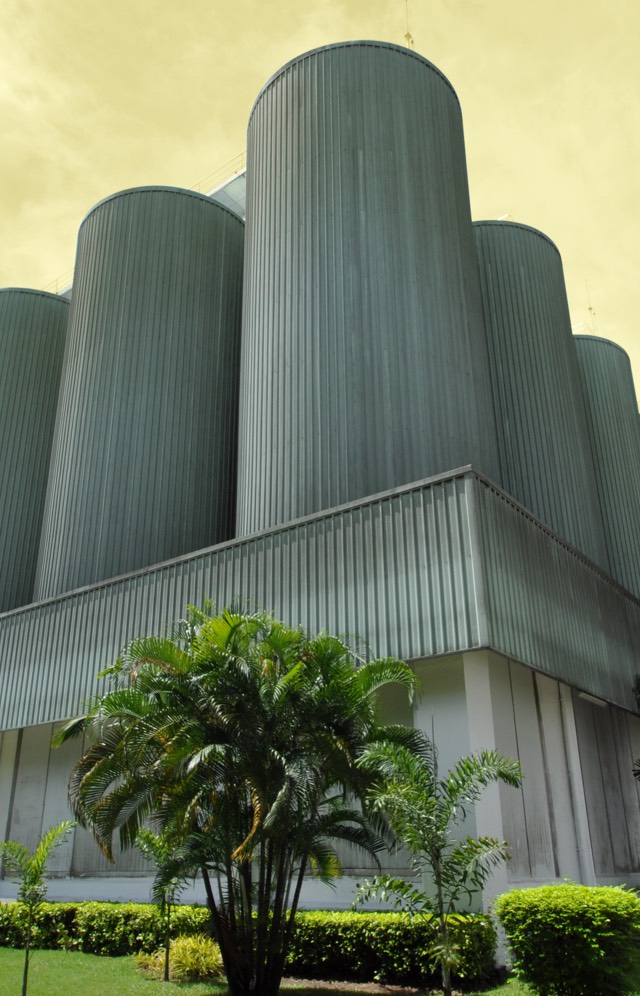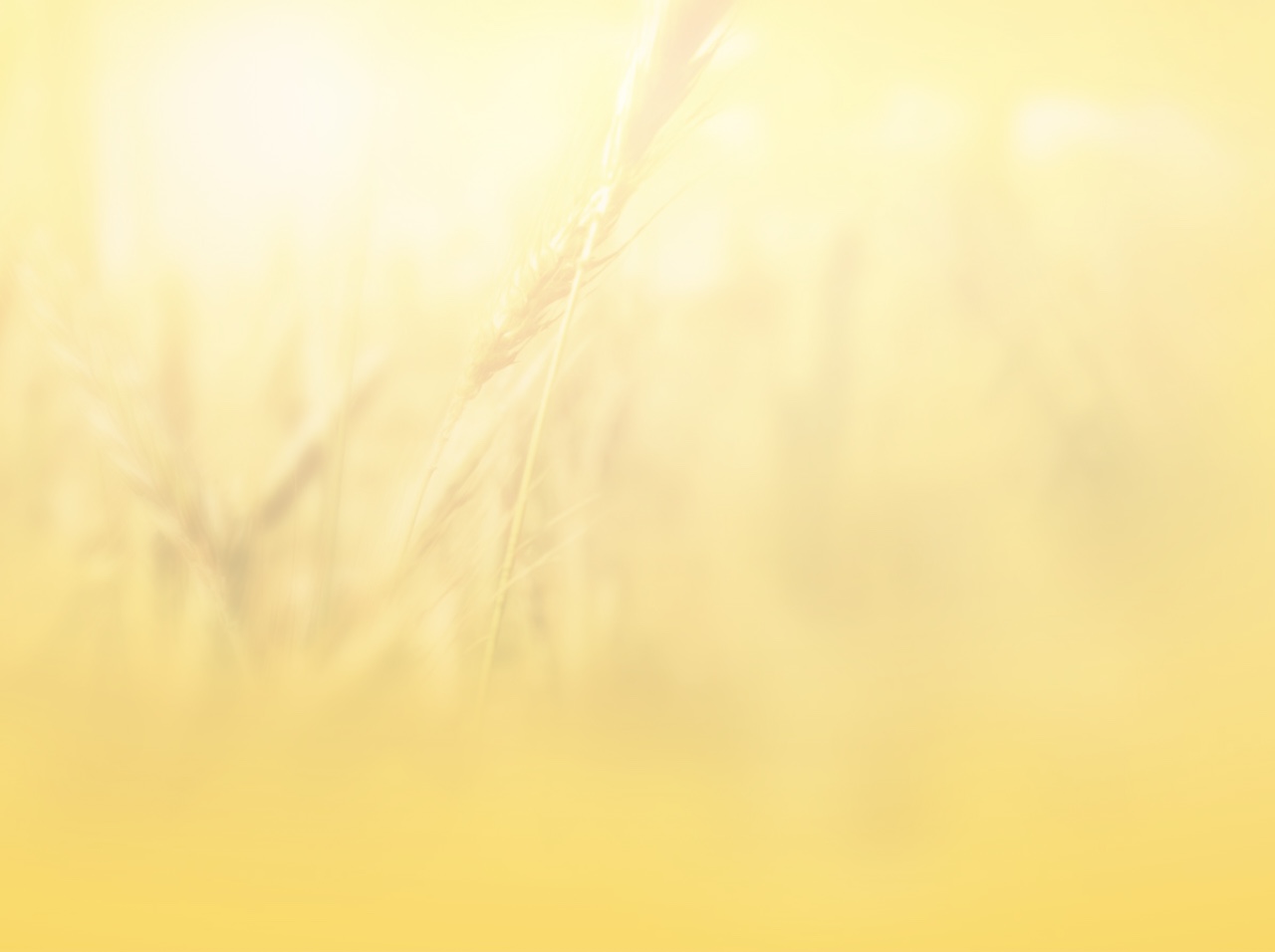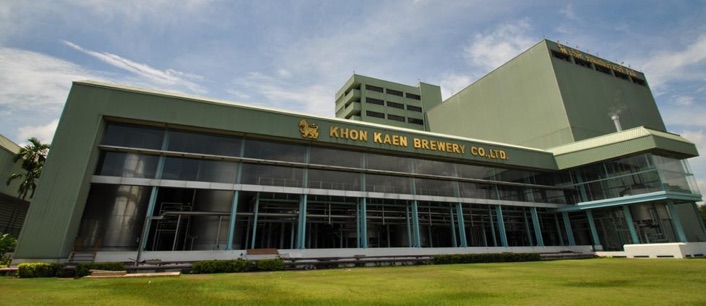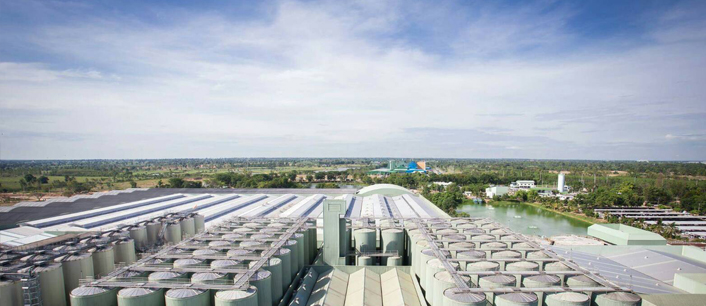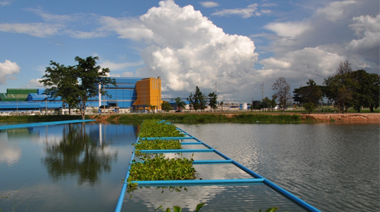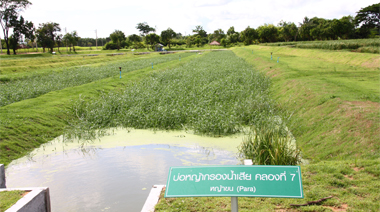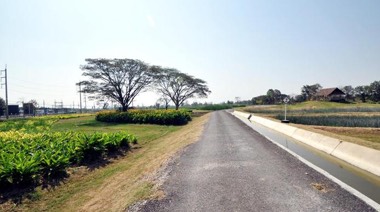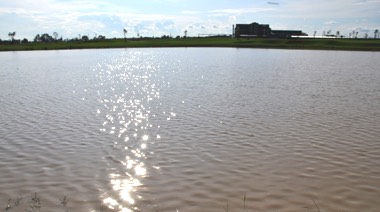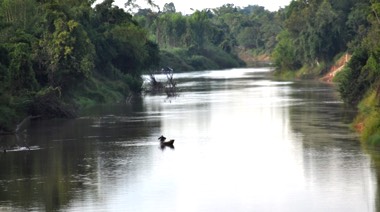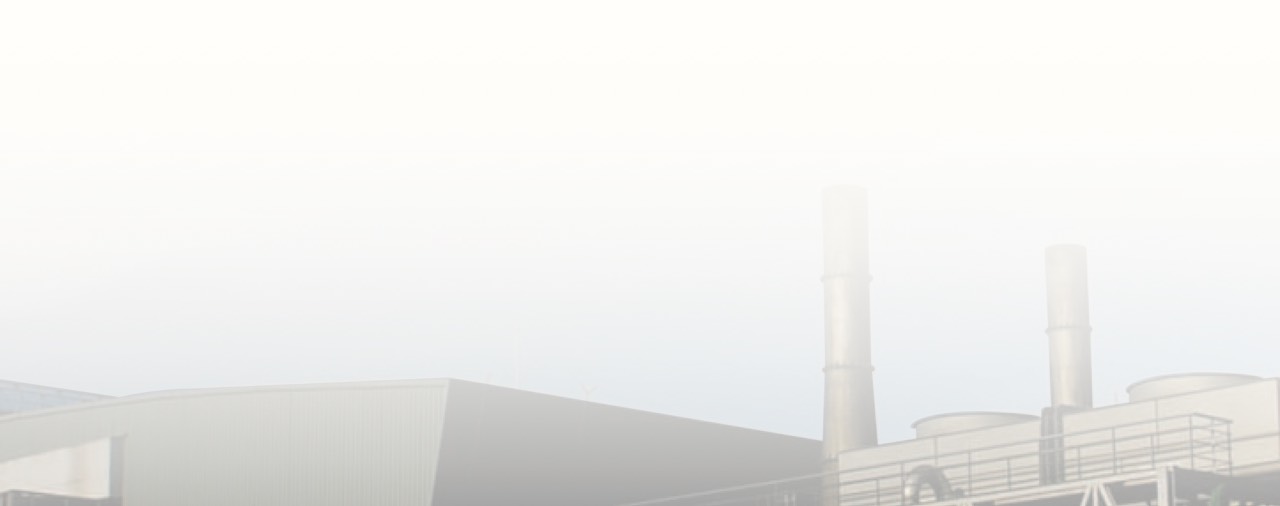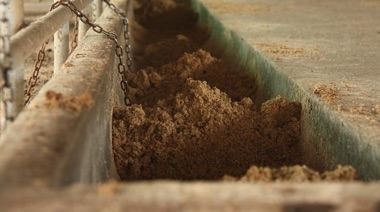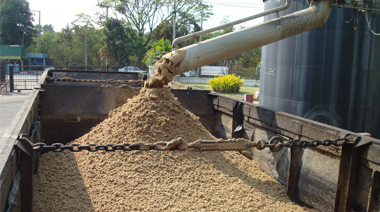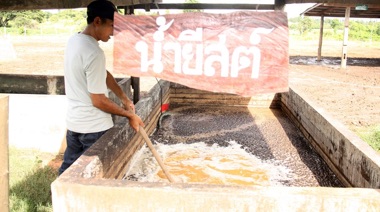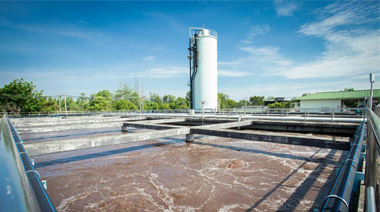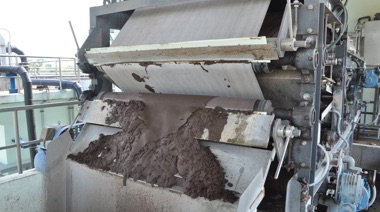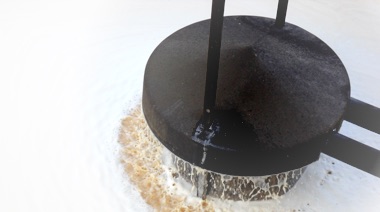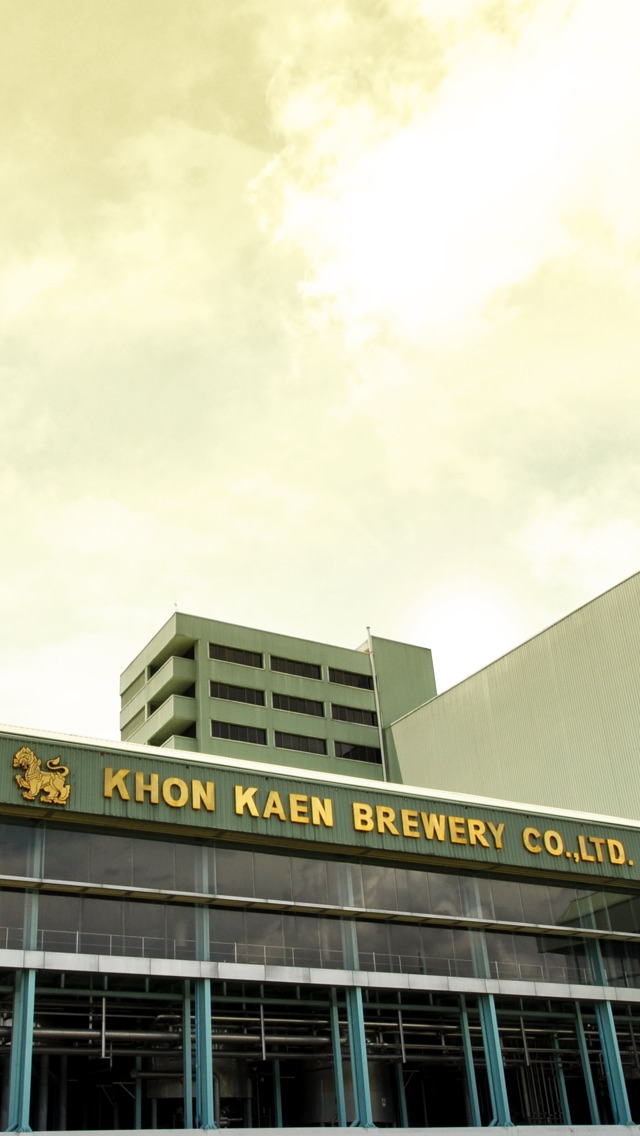

KhonKaen Brewery Co., Ltd.
Sustainable co-habitation of the Factory,
communities and environment.
Enter


History
KhonKaen Brewery Co., Ltd.
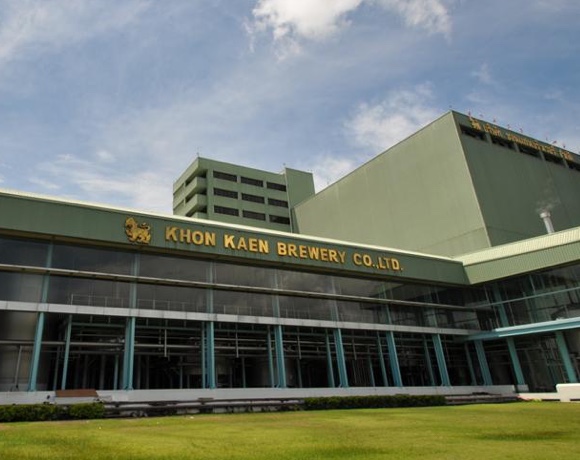
Khon Kaen Brewery Company Limited is one of the major affiliated company under Singha Corporation Company Limited
Produces a variety of products under the Singha trademark, was established on 29th November 1994, with the registered capital stock of 1.3 Billion Baht. The main objective of such establishment was to expand production capacity to the regional area, so that the consumer demand, of both domestic and international scales, can be easily responded more effectively. The current production capacity is 700 million liters of beer/year, 150 million liters of soda water/year and 100 million liters of drinking water per year.


Policy
We are committed to develop quality products according to international standards
Khon Kaen Brewery Company Limited is one of the major production powerhouses under Singha Corporation Company Limited,
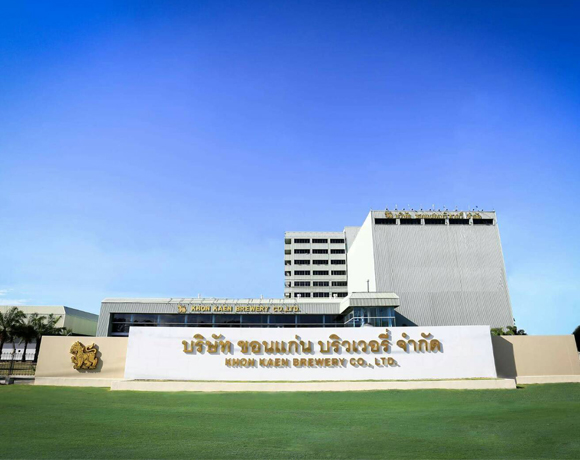
established to produce a variety of products under the Singha trademark on 29th November 1994. The main objective of such establishment was to expand production capacity to the regional area. High quality products, including Leo Beer, crisp tasting lager beer, Singha Soda, and Singha drinking water from natural sources are the key products produced by the establishment. All products are produced with care and attention to every single details to serve the expanding consumer demand, of both domestic and international scales.
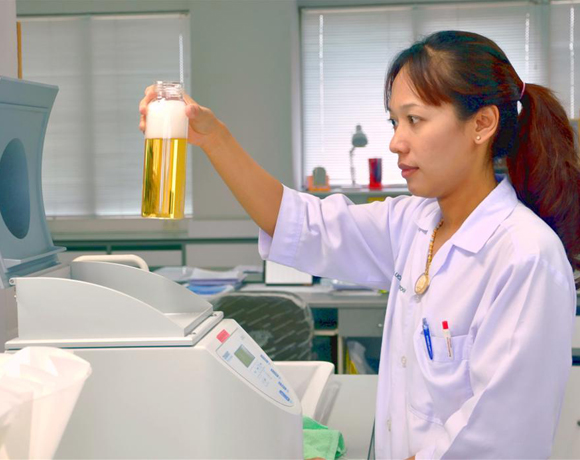
Khon Kaen Brewery Company Limited pays attention with every single production process of all products, with the world class standard quality inspection and control system installed. Everyone of the staff is also experienced and expert in their fields, including research and development department, making all products produced here at Khon Kaen Brewery Company Limited conform to the highest quality standards.

Due to its true commitment in ongoing product development and strict abidance to laws and regulations, Khon Kaen Brewery Company Limited has, thus, been rewarded with numerous Thai Industrial Standards certifications. This is a firm reassurance that all products produced by the company conform to the highest international quality standards, which can be trusted by everyone worldwide.

Besides from its true commitment in ongoing product development, Khon Kaen Brewery Company Limited also pays a great attention to natural resources and environmental conservation, as the company has vastly invested in research and development for new technology and innovations that are environmental and community friendly under the concept of “Sustainable co-habitation of the Factory, communities and environment”. Social responsibility and natural resource protection are the key management principles the company rigorously follows, through our well-designed environmental friendly integrative water management that emphasizes on 3 R policy, including REDUCE, REUSE, RECYCLE.

Moreover, additionally from water management, Khon Kaen Brewery Company Limited has long realized the importance of the adequate industrial waste management as well. The company’s environmental friendly waste management was thoroughly studied and designed to effectively deal with all wastes produced during products production processes. Furthermore, every single one of the company’s staff has been continuously promoted to have both awareness and consciousness towards the importance of environmental and natural resources conservation, as well as their attitudes towards social responsibility and doing good deeds for local communities for sustainable development at all levels and living standard improvements of local people. As a result, the company can be considered as a great leading example for other corporates to take on and start working hand in hand with their nearby local communities.


3Rs principle for water conservation.
Pay attention to environment conservation with integrated water resource management
The 3R policy of Khon Kaen Brewery Company Limited is as follows:
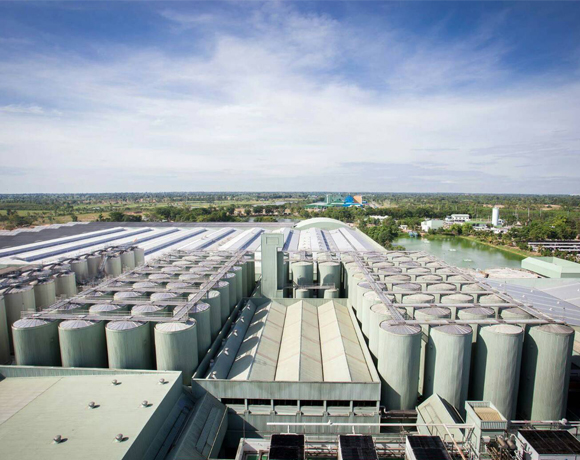
01.
REDUCE
Reduce the amount of water used in all production processes for a more effective and better water management through continuous technological and production process development
02.
RECYCLE
Water waste from all production processes will be sent to 2 of our waste water treatment plants:
Plant 1: A combination of UASB and AS technologies
Up-flow Anaerobic Sludge Blanket (UASB) technology comprises of a single tank process. Wastewater, which usually has high microorganism contents, enters the reactor from the bottom, and flows upward. A suspended sludge blanket filters and treats the wastewater as the wastewater flows through it, leaving biogas, which can be used as fuel for boilers, as a by-product. Then the effluent from the UASB, which has a much reduced BOD concentration, is treated again through the activated sludge (AS) process until it meets the quality requirement standard set by the Department of Industrial Works.
Plant 2: A combination of IC-Reacter + AS technologies
This plant was built in 2007 with the main objective being to increase the capacity of biogas production as well as waste water treatment of the company. With this plant 2, waste water will be treated through the Internal Circulation (IC) process, and will be further treated through the AS process, leaving biogas as a by-product similarly as plant 1
03.
REUSE
The remaining treated water will be sent to our natural treatment system and will later be reused. Although, the Department of Industrial Works allows treated waste water that meet its required standards to be released to the public lands, but the company has adopted the policy to have the treated water reused using our well-designed natural treatment system, a great valuable application from the King's Royally Initiated Laem Phak Bia Environmental Research and Development Project.


Natural Treatment system
Use nature for better environment
Khon Kaen Brewery applies Natural Treatment system.
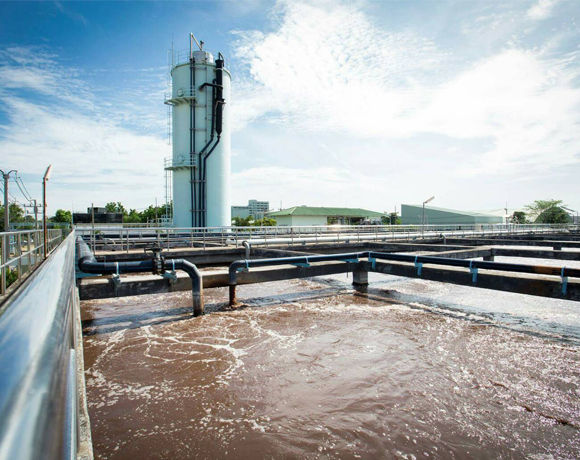
01.
WATER TREATMENT
SYSTEM
Treated wastewater flows to sedimentation and algae bloom ponds. Organic constitute, nitrogen, and phosphorus is decomposed by microorganisms. Nutrient in wastewater is used by algae in the ponds. The treatment mechanisms are a natural symbolic relationship process between aquatic plants, microorganisms, and algae.
![]()

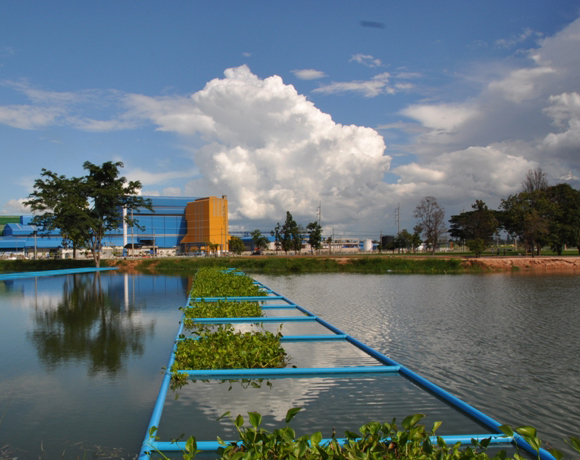
02.
CONSTRUCTED
WETLANDS
The system was constructed in an area of 96,000 m2. This constructed wetland composes of Papyrus, Thypha and Grass filtration planting Paragrass. In the system, water passes through shallow pond lined with clay which while flowing through the pond, root plants and bacteria absorb and break down pollutants and effectively filter the water before going into holding pond. Treated water in the holding pond is pumped to the Singha Park Golf Club for watering grass without discharging to public water source following our “Zero Discharge Policy”.In the golf course, nine ponds are connected in series controlled by water level. Water from the last pond is used by a computerized sprinkler system covering the whole area of the golf course.
![]()

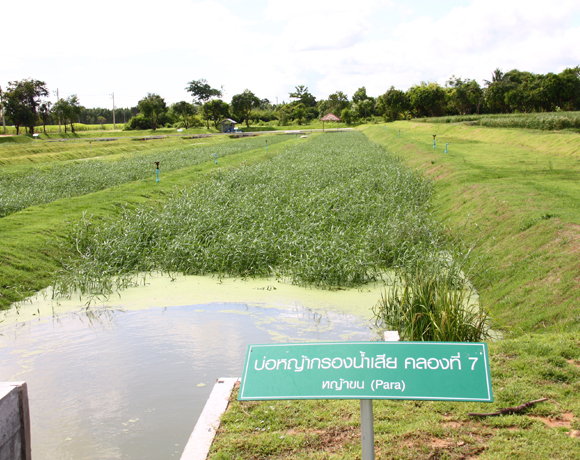
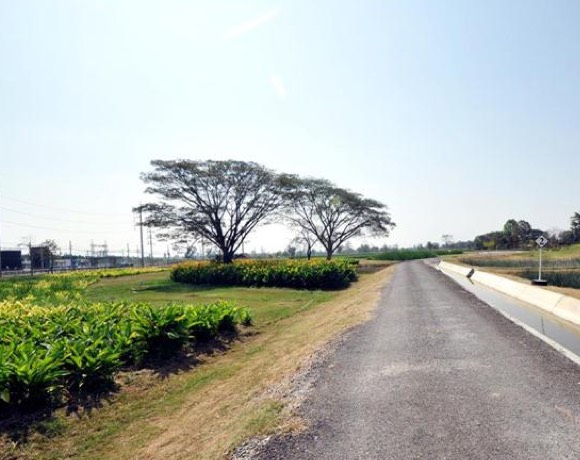
The factory has a water quality monitoring program to provide confidence for communities.
The program includes daily monitoring by factory laboratory, weekly monitoring by third party, and an online monitoring station. An online monitoring station at the last pond in the golf course was installed and monitored by Environmental Regional Office 10. The monitoring station provides real time data and offers the warning when water quality exceeds the standard.
![]()

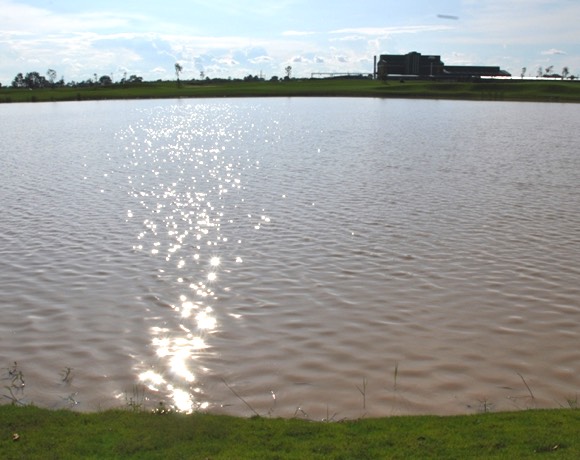
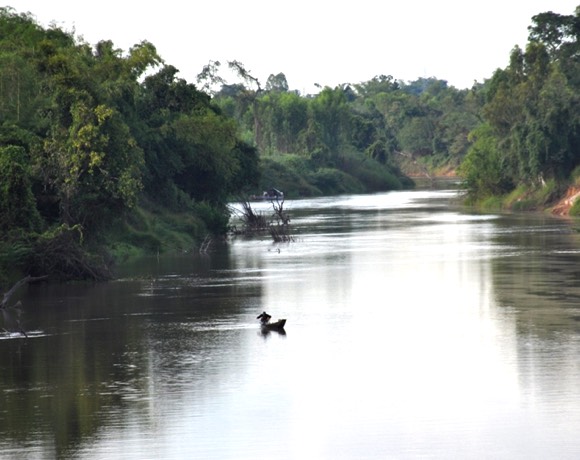
Implementation of these measures will ensure the public that our factory operates with transparent practices conforming to relating standards. Furthermore, we are ready to be monitored for what we have done in order to be accounted as a good environmental governance factory.
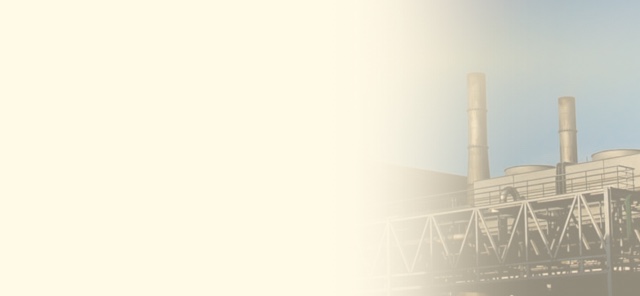

Industrial Waste Management
Study and design effective environment-friendly management system
Waste or by-product from brewery process can be utilized in agriculture and stock farming. There are 4 types of waste.
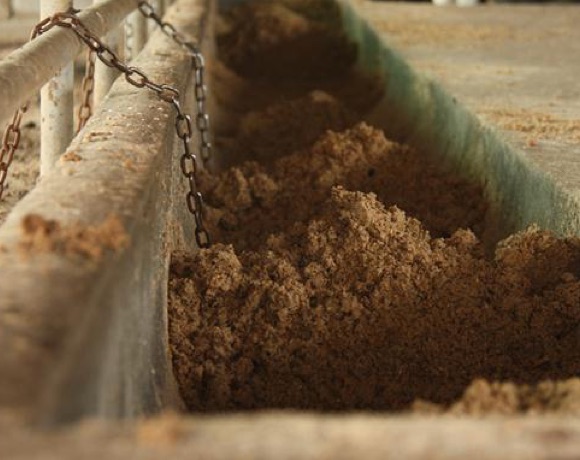
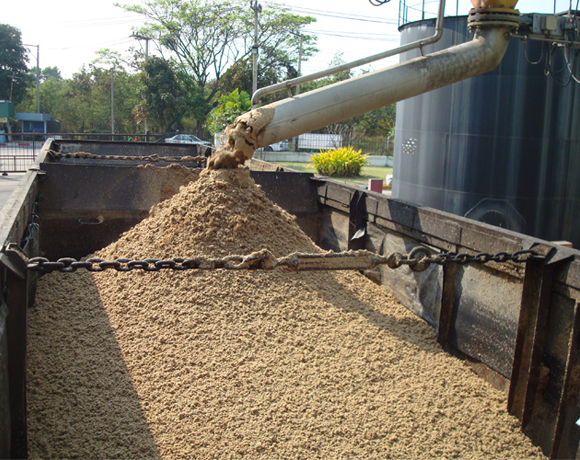
01.
WASTE![]()

SPENTGRAINS
The residue is generated during the separation in Lauter Tun. The residue is sold to animal feed factory.
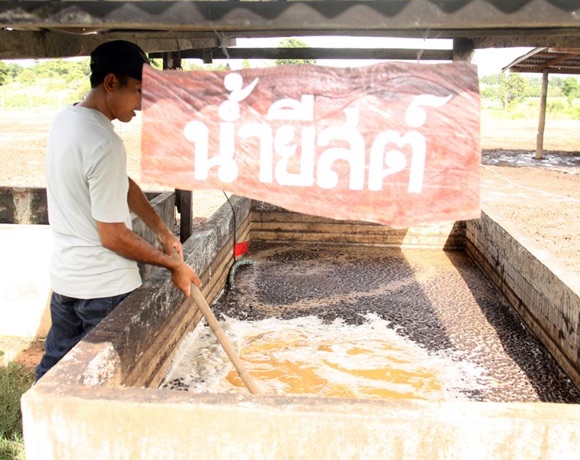
02.
WASTE YEAST![]()

After fermentation, yeast from tank bottoms is separated and thickened. Spent grains and yeast residue were certified by Central Laboratory, Khon Kaen that they contain nutrient that suitable for animal feed. We supply the residue to use as animal feed for “Cattle Farmer Group”, Ban Kasert Kaw Na, Ta Pra sub-district, Ampor Moung, Khon Kaen Province. The project went successfully. The farmers can reduce food cost and increase amount of milk production, being a role model for other farmers. In 2010, the group obtained award of Outstanding Farmer in Animal Husbandry, Regional level.
03.
SLUDGE![]()

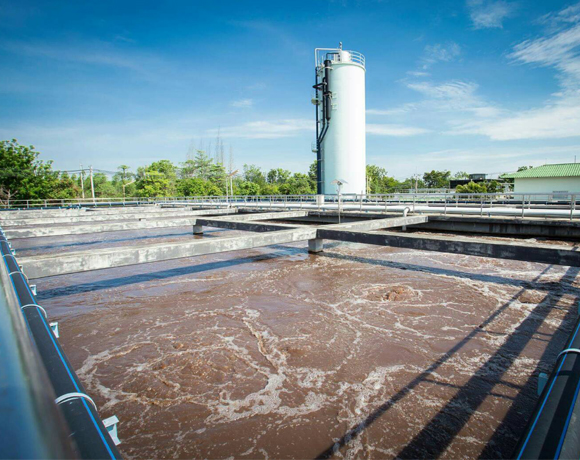

Sludge contains nutrient for plants. Thus, it can be used as raw material for organic fertilizer. Sludge from the factory is separated and thickened then transported to Fertilizer Factory. We supported local farmer established “Mee Yai Ta Pra Organic Fertilizer Co., Ltd.,”. The cooperation now can be self-manage with benefit generated extra income for the community.
04.
KIESELGUHR![]()

SLURRY
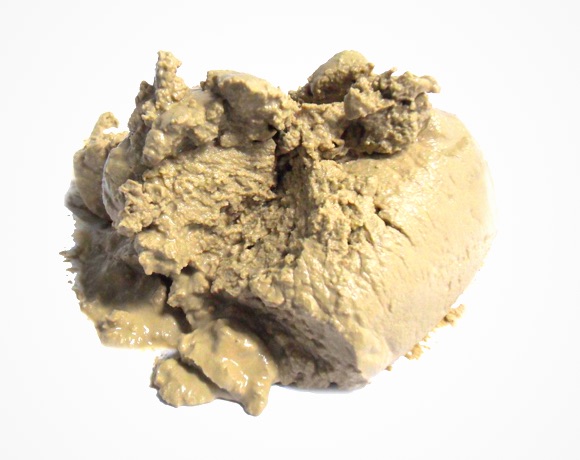
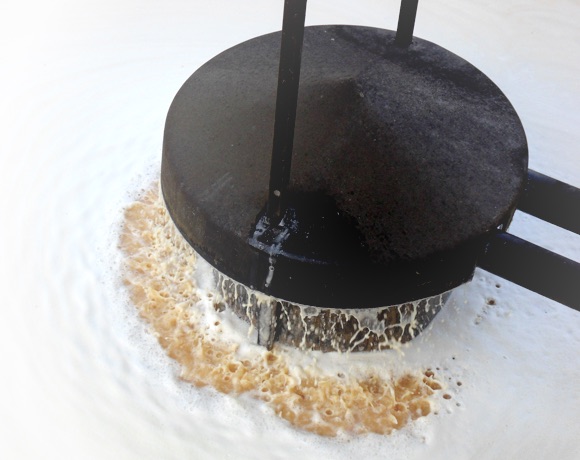
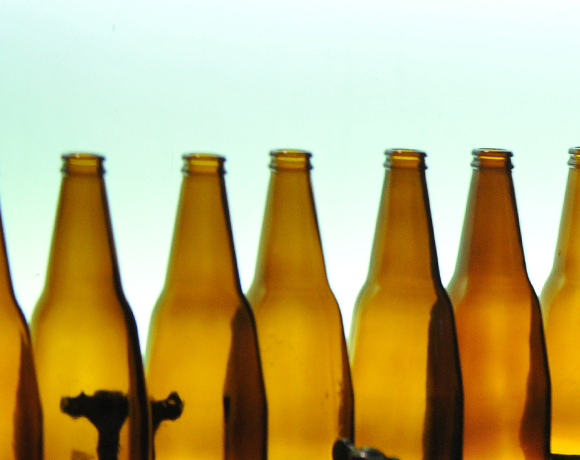
The slurry is from beer filtration. Since the slurry has silica as a major component, it can be used as a raw material for glass bottle. We have been supplying slurry for Khon Kaen Glass Industry Co. Ltd to use as raw material since 2010. Our glass bottle used for beer container contains Kieselguhr Slurry. Liquid separated from Kieselguhr Slurry flows to wastewater treatment plant. Wastewater is treated with the system that obtained Biogas as by-product. Biogas is used to generate steam in Boiler reducing the operation cost.
Khon Kaen Brewery has a “Zero Waste Policy” where all waste or by-product are utilized.
In addition, we work with the Department of Industrial Work by joining “Environmental Governance Program”. We aware of our responsibility to social and environment problems. During the operation, we ensure that impact to the community and environment must be minimized. Moreover, we support community activities to make optimum benefit to sustainable development and to improve the living quality for the community regarded as a role model for “Factory, Environment, and Community must live sustainably together”.







